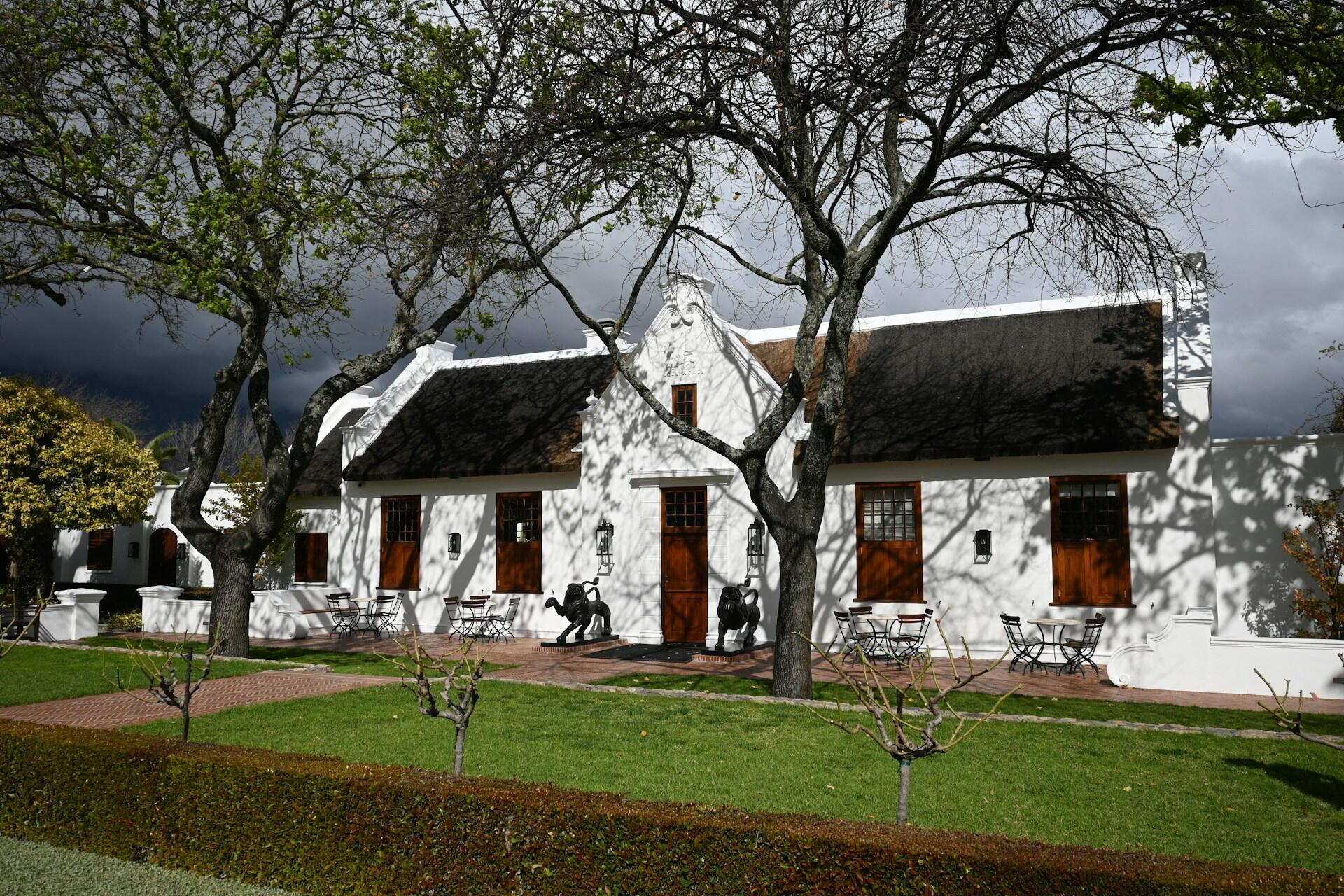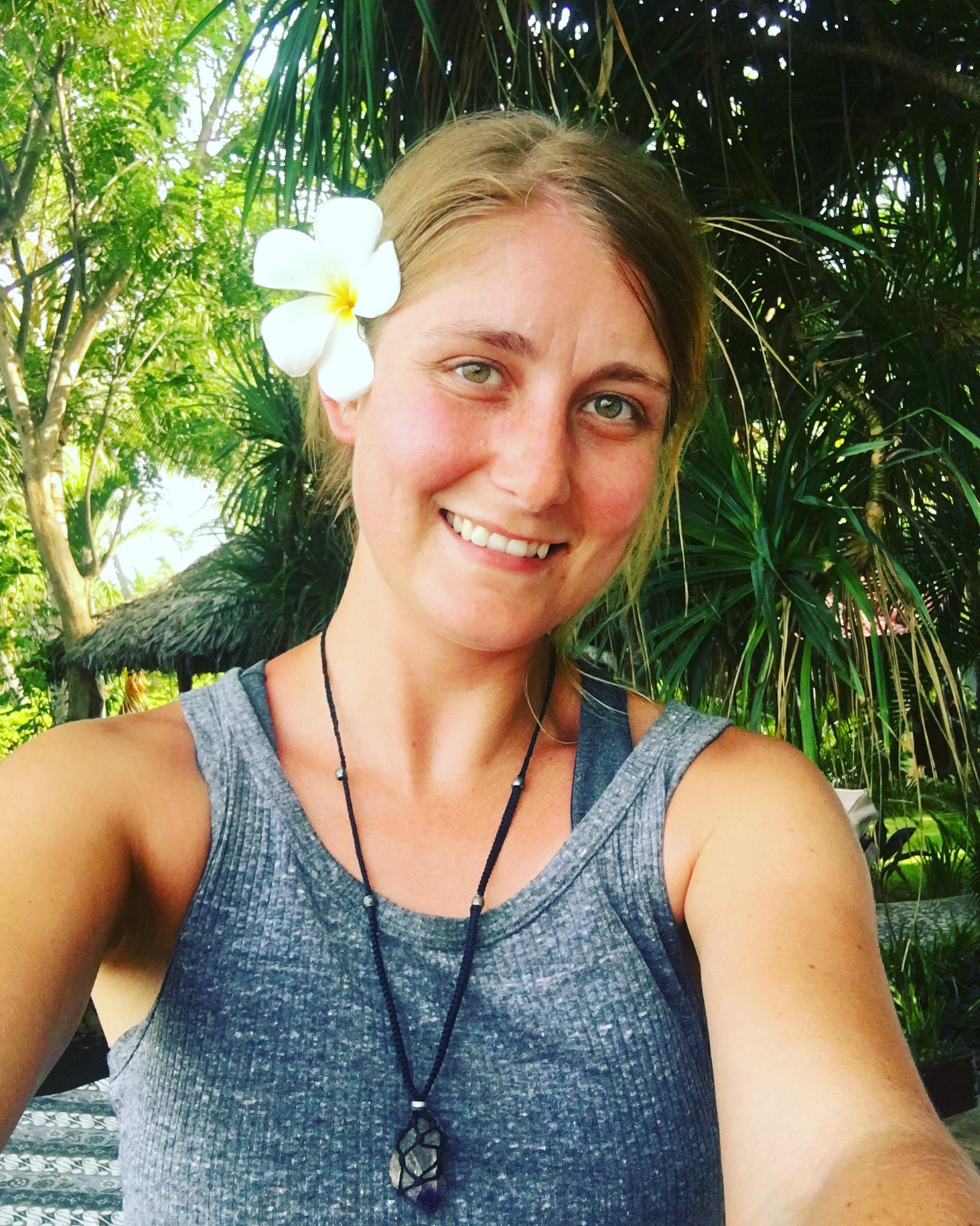The story of Afrikaans literature reads like a cherished family saga. Picture religious books penned by candlelight in Cape Dutch homes, gradually giving way to poetry and prose that captured the soul of a nation. These early writings planted the seeds for what would become a literary garden of extraordinary diversity and depth.
Your heart will surely quicken reading passages from Marlene van Niekerk's "Agaat" or losing yourself in Dalene Matthee's "Kringe in 'n Bos". These masterpieces speak of identity, memory, and morality with such raw honesty that they transcend language barriers. Through carefully crafted translations, these stories have carried the essence of South African life to readers worldwide, much like how the scent of fynbos carries on the Cape Doctor wind.
Ready to embark on a journey through this literary landscape, where each page turned reveals how a humble dialect grew into a powerful voice for storytelling and cultural expression? The tale of Afrikaans literature mirrors the story of South Africa itself - complex, beautiful, and endlessly captivating.

The Evolution of Afrikaans Literature
Picture the former Cape Colony between 1652 and 1795, where Dutch still ruled the written page. The first whispers of change came through poetry - a passionate verse about the Battle of Muizenberg in 1795, penned in Cape Dutch, marking the dawn of a new literary era.
The story of Afrikaans writing is its own fascinating story:
1875-1900
First Language Movement
1902-1925
Second Language Movement
1925-Present
Modern Afrikaans Literature
The tale truly gained momentum in 1875 when passionate scholars formed the Association of True Afrikaners. Their dedication bore fruit after the South African War (1899-1902), when Afrikaans rose from the ashes of conflict to replace Dutch in every corner of life - from schoolroom to church pew, finally claiming its crown as an official language in 1925.
Walking through the battlefields where the Boer Republics fell, one can almost hear the echoes of despair that birthed the first true Afrikaans literary works. Writers and poets emerged as cultural warriors, wielding pens instead of rifles, defending their beloved language against the tide of enforced English.
The 1960s brought a fascinating twist to this literary tale. The very writers once hailed as heroes found themselves under political scrutiny. Yet this pressure created diamonds - some of our most brilliant authors emerged during this period, their words sharp with criticism against government policies. Nevertheless, they published original novels that stood the test of time.
Influential Afrikaans Authors Through Time
My study shelves groan under the weight of original "Afrikaanse" literary treasures, each book a window into the souls who shaped this remarkable language. These authors' words have echoed far beyond South African shores, touching hearts across continents.

Pioneering Writers and Their Contributions
Karel Schoeman's works hold a special place in my collection. Many nights I've lost myself in his 18 novels and historical writings, marvelling at how his words dance across the page. The Hertzog Prize committee clearly shared my admiration, crowning his masterful storytelling with their prestigious award in 1970, 1986, and 1995.
Contemporary Voices Shaping the Landscape
The modern Afrikaans literary garden blooms with extraordinary talent. For a language spoken by roughly 10 million people, the creative output staggers the imagination. My bookshelf proudly displays works by literary giants:
- Marlene van Niekerk
- Ingrid Winterbach
- Etienne van Heerden
- Eben Venter
- Antjie Krog
- Dalene Matthee
- C.J Langenhoven
Award-Winning Works and Recognition
The South African Literary Awards (SALA) shines a light on remarkable achievements, with accolades that reach far beyond our borders. The raw emotion in Nathan Trantraal's "Alles het niet kom wôd" rightfully claimed the 2015 Ingrid Jonker Prize. Charl-Pierre Naudé's "Die ongelooflike onskuld van Dirkie Verwey" captivated international audiences with its bold narrative innovations.
Reading Winterbach and Venter feels like watching master painters at work. Their brushstrokes blend cultural heritage with global vision, creating portraits that speak to both heart and mind. These contemporary voices remind me of why I fell in love with Afrikaans literature - their ability to remain deeply rooted while reaching for the stars.

Themes and Styles in Afrikaans Writing
Afrikaans literarary works mirror the soul of South Africa. These stories emerged from the meeting of Dutch settlers, slaves, and indigenous peoples at the Cape of Good Hope, creating something uniquely powerful.
Contemporary Afrikaans literature reads like a family album of South African culture. Each time I open works by Marlene van Niekerk or Etienne van Heerden, I discover new layers of:
- Identity and memory
- Cultural moribundity
- Universal human experiences
Social Commentary and Criticism
These books whisper secrets of social change, their pages filled with bold challenges to conventional thinking. The vitality of modern Afrikaans fiction pulses through works that refuse to be bound by traditional limits. Take a look at the fascinating shifts in literary focus:
| Traditional Themes | Modern Approaches |
|---|---|
| Rural life stories | Urban experiences |
| Cultural isolation | Global connections |
| Political resistance | Social transformation |

Modern Literary Innovations
The landscape of Afrikaans writing has blossomed magnificently since the fall of apartheid. Let's explore some examples:
- Cape Flats Afrikaans finding its rightful place in mainstream literature
- Crime fiction pushing narrative boundaries
- Women's voices rising with unprecedented strength
These works paint portraits of a society as diverse as the Cape's fynbos. The rise of "Kaaps" particularly fascinates me - once dismissed by linguistic purists, it now flourishes as a vibrant blend of Afrikaans, English, and indigenous languages. For those keen to deepen their grasp of the language, Afrikaans lessons online offer an engaging start.
Global Impact of Afrikaans Literature
For a language spoken by merely 10 million people, its resonance in global literary circles fills me with wonder.
International Translations and Reception
The fragrance of this interesting language has wafted far beyond African shores. Watching readers' eyes light up as they discovered Marlene van Niekerk's writing in their own tongues are priceless. My research reveals these remarkable translation milestones.

Cross-Cultural Literary Influences
Afrikaans literature has grown rich with diverse influences. Let me reveal a few fascinating linguistic tributaries:
- Melodic cadences from African and Asian languages
- Deep roots in Dutch literary traditions spanning 350 years
- Colourful variants like Kaaps and Nama Afrikaans
Recognition in World Literature
The global literary community has embraced Afrikaans voices with open arms. Five brilliant minds particularly stand out, their published books dog-eared from countless readings:
- André Brink
- Breyten Breytenbach
- Antjie Krog
- Etienne van Heerden
- Marlene van Niekerk
Afrikaans literature can build bridges across cultures through the power of storytelling. Just consider Antjie Krog's Stockholm Prize from the Hiroshima Foundation for Peace and Culture.
Heartbeat in Pen Strokes
Three centuries of Afrikaans literature unfold before me, telling stories of cultural resilience and artistic brilliance. From humble beginnings as a Dutch dialect, this literary tradition bloomed into something extraordinary - much like the proteas that dot our Cape mountains, distinctly African yet universally admired.
Karel Schoeman, Marlene van Niekerk, and Antjie Krog craft tales that soar beyond our borders like African fish eagles, their words touching souls across continents and earning garlands of international acclaim.
The vitality of contemporary Afrikaans literature reminds me of a spring morning in the Karoo - fresh, vibrant, full of possibility. These modern voices dance between tradition and innovation, their stories flowing like the mighty Orange River, carving new paths while nourishing ancient soil. They speak of universal truths through uniquely South African experiences.
Can you see how language carries more than mere words, but the heartbeat of a people? Each story preserves not just our heritage but challenges us to peer deeper into our shared humanity.
Like the stars of the Southern Cross that guided travellers of old, these works light our way toward understanding identity, justice, and our common journey as human beings.
























